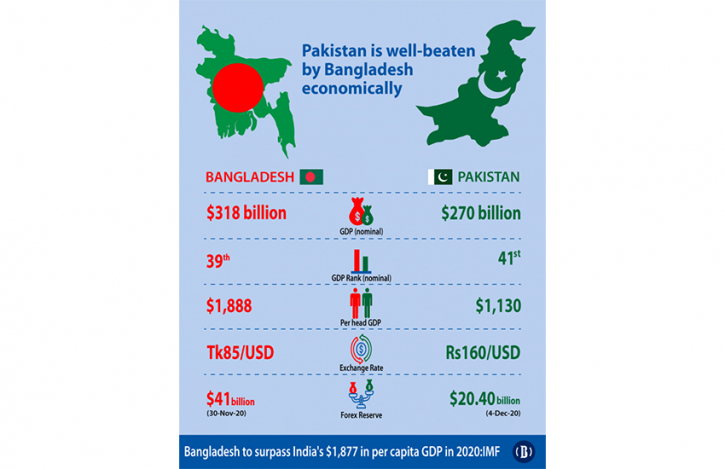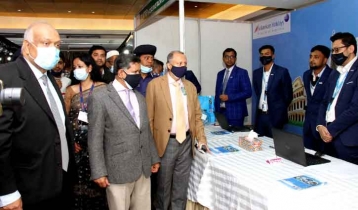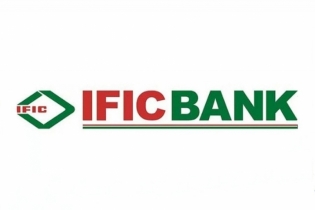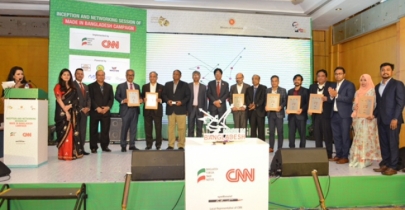49 yrs into independence: Bangladesh economy now well ahead of Pakistan
BI Special || BusinessInsider

Photo: Business Insider
Economic disparity pushed Bangalees (then East Pakistan) to opt for separation from West Pakistan (now Pakistan) in 1971. But that situation has completely reversed since then. After 49 years of victory, Pakistan is well-beaten in almost all economic indicators.
Bangladesh’s success story has now become a subject of research for many Pakistani economists. Businessmen in Pakistan have been trying to know how Bangladesh has become the second-largest exporter of garments after China, despite it producing no cotton or machines as well.
Other indicators are equally spectacular.
East Pakistan’s (now Bangladesh) population in the 1951 census was 4.2 crore against West Pakistan’s (now Pakistan) 3.37 crore. But today, Bangladesh’s population is less than 17 crore while that of Pakistan is over 20 crore.
In the health sector, such as life expectancy and child mortality, Bangladesh is well ahead of its formerly richer cousin in 1971.
According to the International Labour Organization, women are also well ahead in employment —33.2% in Bangladesh compared to Pakistan’s 25.1%.
Per head debt in Bangladesh is less than half of that in Pakistan now.
There are many more indicators that tell Bangladesh is well ahead of Pakistan now, and the world — from the USA to Europe, China and India — all have recognised Bangladesh as a case of success.
"It is a mind boggling story," said Dr Atiur Rahman, former governor of Bangladesh Bank.
He said the size of GDP of Bangladesh was only $8 billion in 1972 and it is now over $300 billion. Life expectancy has increased to 73 years from 47 years. Poverty rate has come down to 20 percent from 82 percent then.
Yet, Rahman, also a senior economist, believes that there is nothing to be complacent.
"It is a matter of concern that youths, particularly educated people are not getting quality jobs. We are also behind in knowledge index," he said.
























